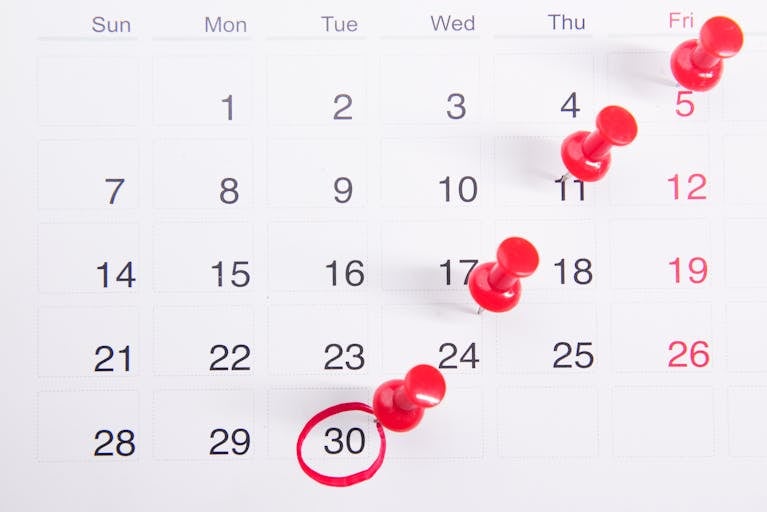Saying “no” is not selfish—it’s strategic.
Mastering this skill is essential for protecting your time, energy, and priorities. Yet many people feel guilty or awkward when declining requests.
Here’s how to say no gracefully and confidently—without guilt.

1. Understand That Every Yes Is Also a No
When you say “yes” to one thing, you’re automatically saying “no” to something else—often something more important to you.
Realizing this flips your mindset:
Saying “no” isn’t about rejecting others—it’s about saying yes to your top goals and well-being.
Quick Tip: Write down your top 3 priorities and keep them visible.
2. Pause Before Committing
When asked for something, don’t answer immediately.
Pausing allows you to assess whether the request truly fits your time, energy, and goals.
You can say:
- “Let me check my schedule and get back to you.”
- “I’ll need to think about it—can I get back to you by tomorrow?”
Quick Tip: Practice buying yourself time before making commitments.
3. Be Direct, Kind, and Honest
You don’t have to over-explain or apologize excessively.
Be clear, polite, and respectful:
- “I really appreciate you thinking of me, but I can’t commit right now.”
- “That sounds like a great project, but I need to focus on my current priorities.”
Quick Tip: Keep it short and straightforward—kind but firm.
4. Offer an Alternative (Optional)
If appropriate, suggest another solution:
- Recommend someone else who might help.
- Propose a later time when you might be available.
Example:
“I’m unavailable this month, but John might be a great fit for this project.”
Quick Tip: Only offer alternatives if you truly want to help.
5. Practice Saying No
Like any skill, getting comfortable saying no requires practice.
Start small:
- Say no to extra work that isn’t urgent.
- Say no to social events you’re not excited about.
Quick Tip: Practice “low-stakes” no’s to build confidence.
6. Recognize and Manage Guilt
Feeling guilty is normal at first. But guilt doesn’t mean you’re doing something wrong—it means you’re growing.
When guilt creeps in, remind yourself:
- “Protecting my time is necessary for my success and health.”
- “I have the right to manage my own priorities.”
Quick Tip: Affirmations can help reframe guilt into empowerment.
7. Set Clear Boundaries Proactively
Sometimes the best way to avoid awkward no’s is to set expectations early:
- Communicate your availability clearly.
- Block out personal time on your calendar.
Example:
“I’m currently only available for collaborations that align with my top project goals.”
Quick Tip: The clearer your boundaries, the fewer awkward requests you’ll get.
Conclusion
Saying no is a form of self-respect and focus.
When you protect your time and energy, you create space for what matters most.
The more you practice, the more natural—and empowering—it becomes.
Next time you’re faced with a request, remember:
You’re not rejecting the person—you’re honoring your priorities.
Q: How do I say no without feeling rude?
A: Be polite, direct, and respectful. You don’t need to over-explain—just a simple “I’m unavailable right now” is enough.
Q: What if I feel guilty after saying no?
A: Guilt is natural but unnecessary. Remind yourself that saying no protects your energy and enables you to give your best where it matters most.
Q: Should I always offer an alternative when saying no?
A: Only if you genuinely want to help. It’s optional, not a requirement.
Challenge for Today:
Practice saying no to one small request that doesn’t align with your priorities. Watch how powerful it feels.

I’m EKBAL HOSSAIN MONDAL, the creator of SmartSolveTips.com — a blog dedicated to helping people improve productivity, avoid digital burnout, and live better online. With years of hands-on experience in self-development and digital wellness, I write practical tips and tools to help you stay focused and thrive in a fast-paced digital world.






